39 Orthoptera – Caelifera
Orthoptera
The order Orthoptera includes about 20,000 species of grasshoppers, crickets and katydids. Many of these were, and are still being, documented from the tropics. All of the insects in this order are paurometabolous, with terrestrial nymphs that closely resemble adults. The Orthoptera have enlarged hind femora. Most species are herbivorous, and many communicate using sound, produced by stridulation. There are two suborders, the Caelifera and the Ensifera.
Caelifera
The Caelifera, or short-horned grasshoppers (referring to their relatively short antennae), includes the grasshoppers and locusts (Acrididae), pygmy grasshoppers (Tetrigidae), and the mole crickets (Gryllotalpidae). Insects in this suborder are mostly quite active, able to jump and fly to escape predation, and found primarily on open terrain. There are about 27 species in BC.
Acrididae
Many of the Acrididae are extremely important pests, e.g. “plagues” of locusts. They are also ecologically important, providing an essential food source for many nesting and fledging birds, including burrowing owls. You have already seen the distinctive anatomy of one species of Acrididae, the lubber grasshopper. While your textbook key differentiates between subfamilies, you do not need to identify specimens in the lab (or your collections) to this level.
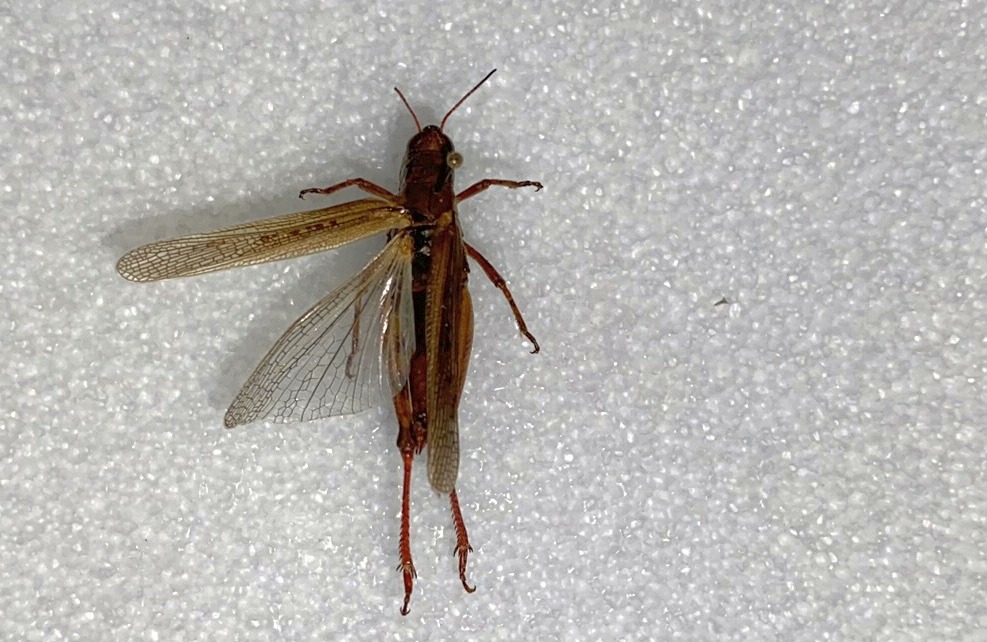
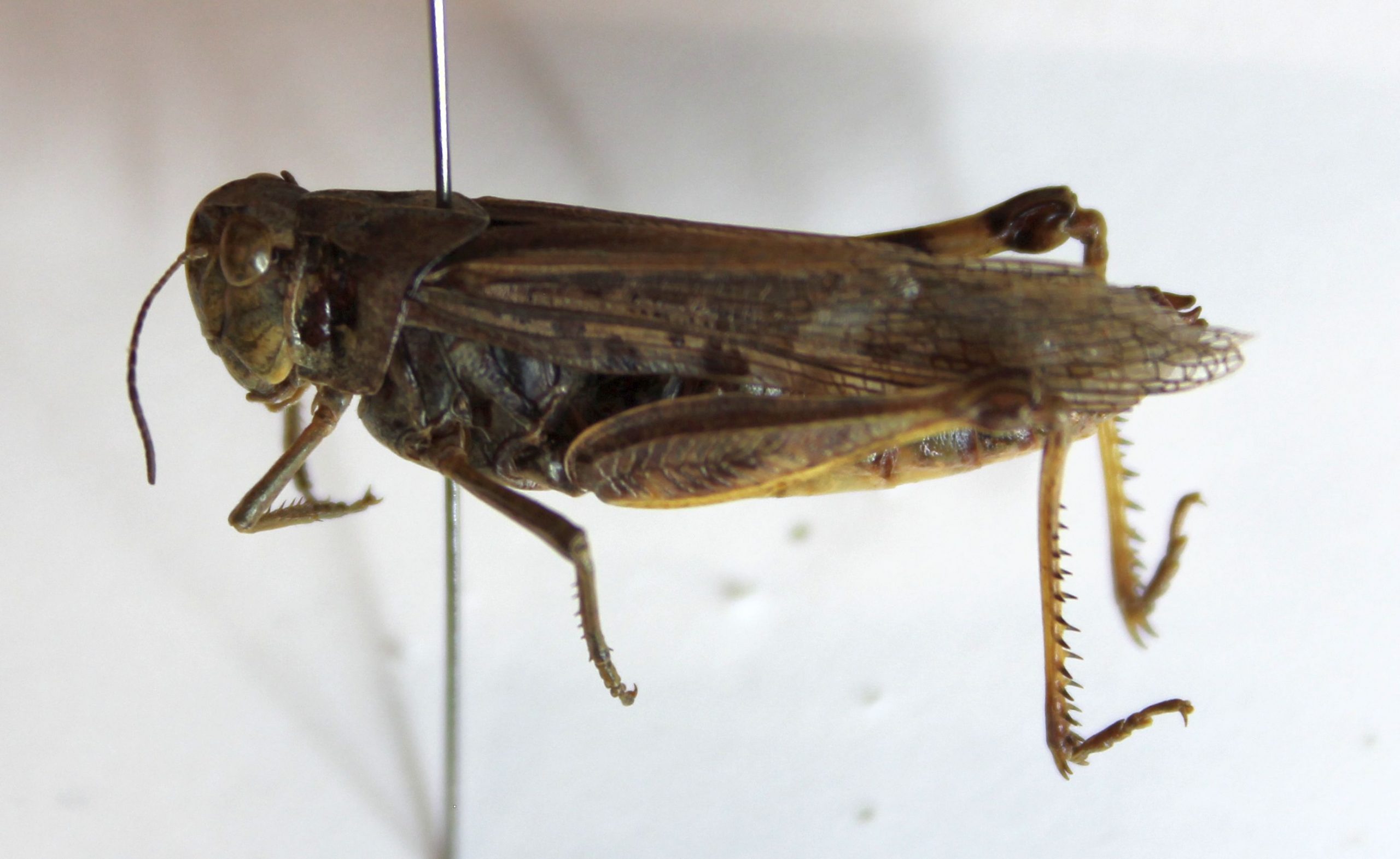
Tetrigidae
The Tetrigidae are small grasshopper-like insects. They are characterized by a long, pointed pronotum that extends backwards to almost cover the wings. There is at least one species commonly caught in Prince George.
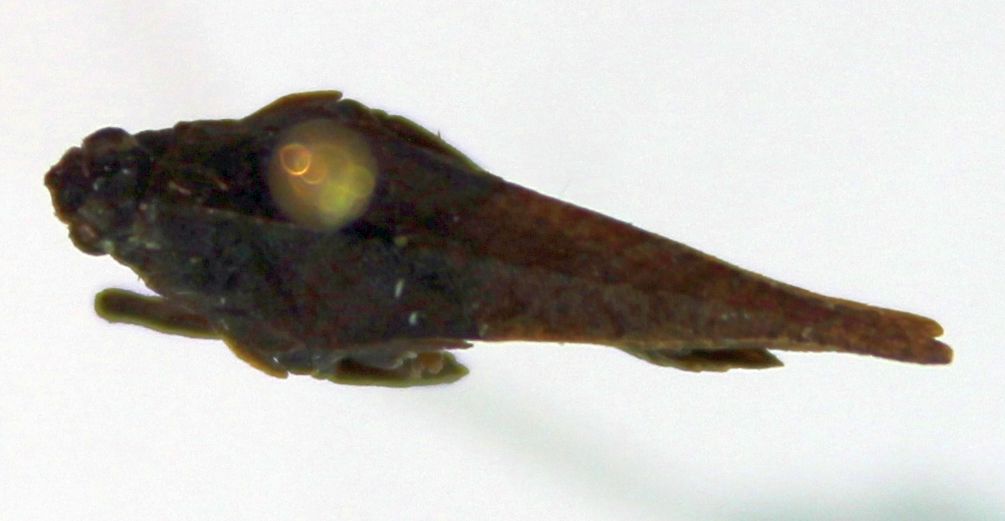
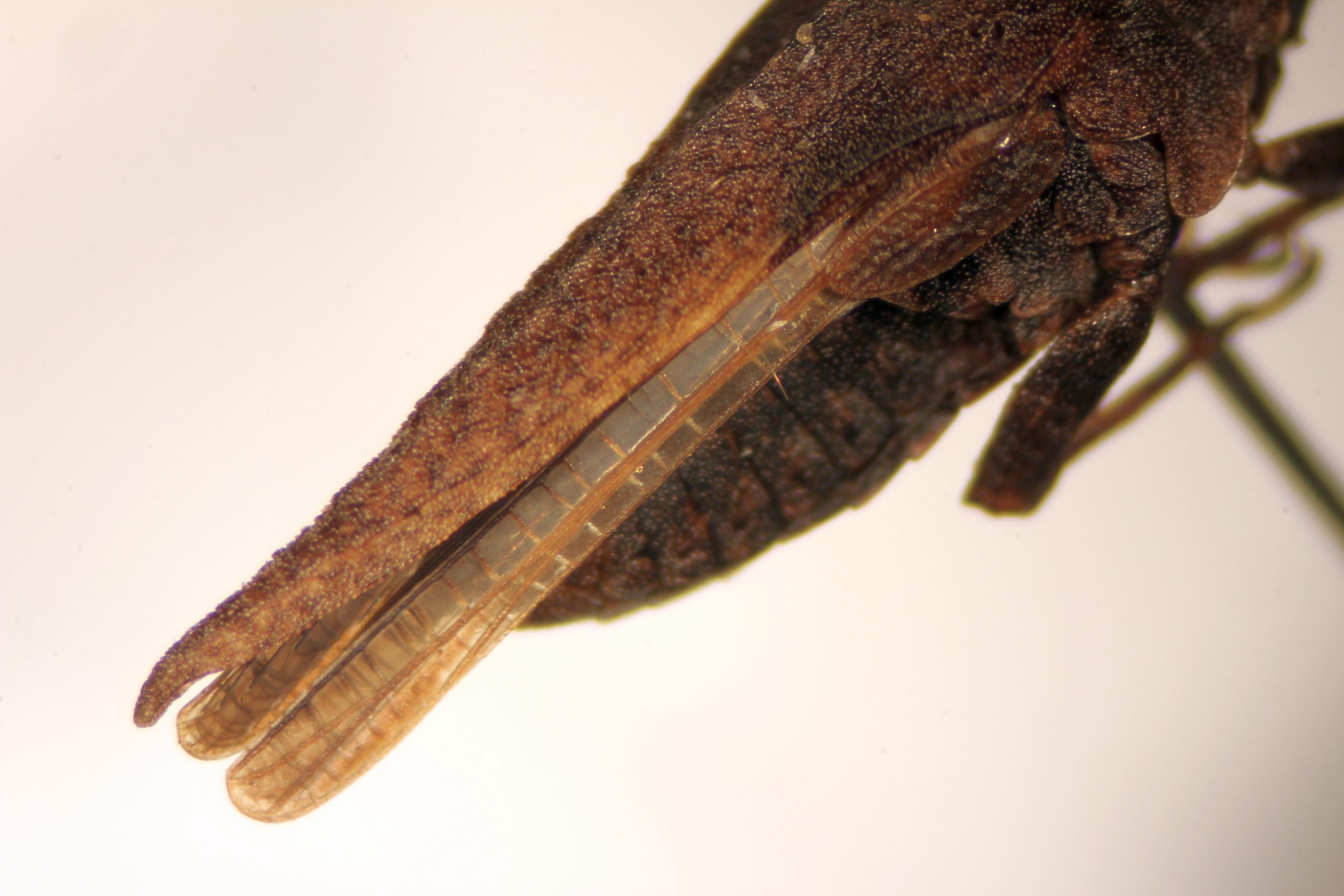
Gryllotalpidae
The mole crickets look quite different from a typical grasshopper. The Gryllotalpidae are burrowing insects with highly modified front legs for digging. They are occasionally considered to be pests, for example on golf courses and in turf farms.
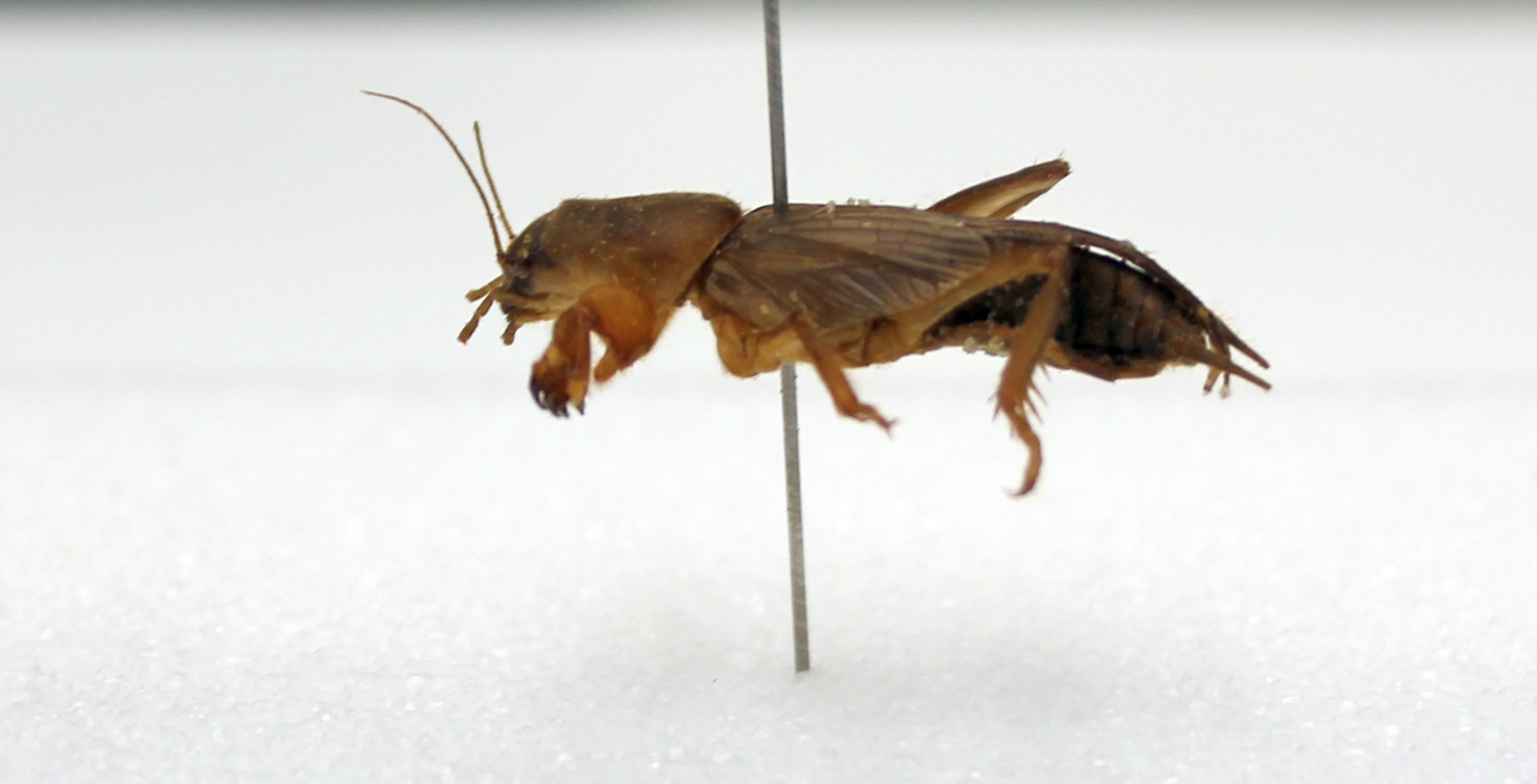
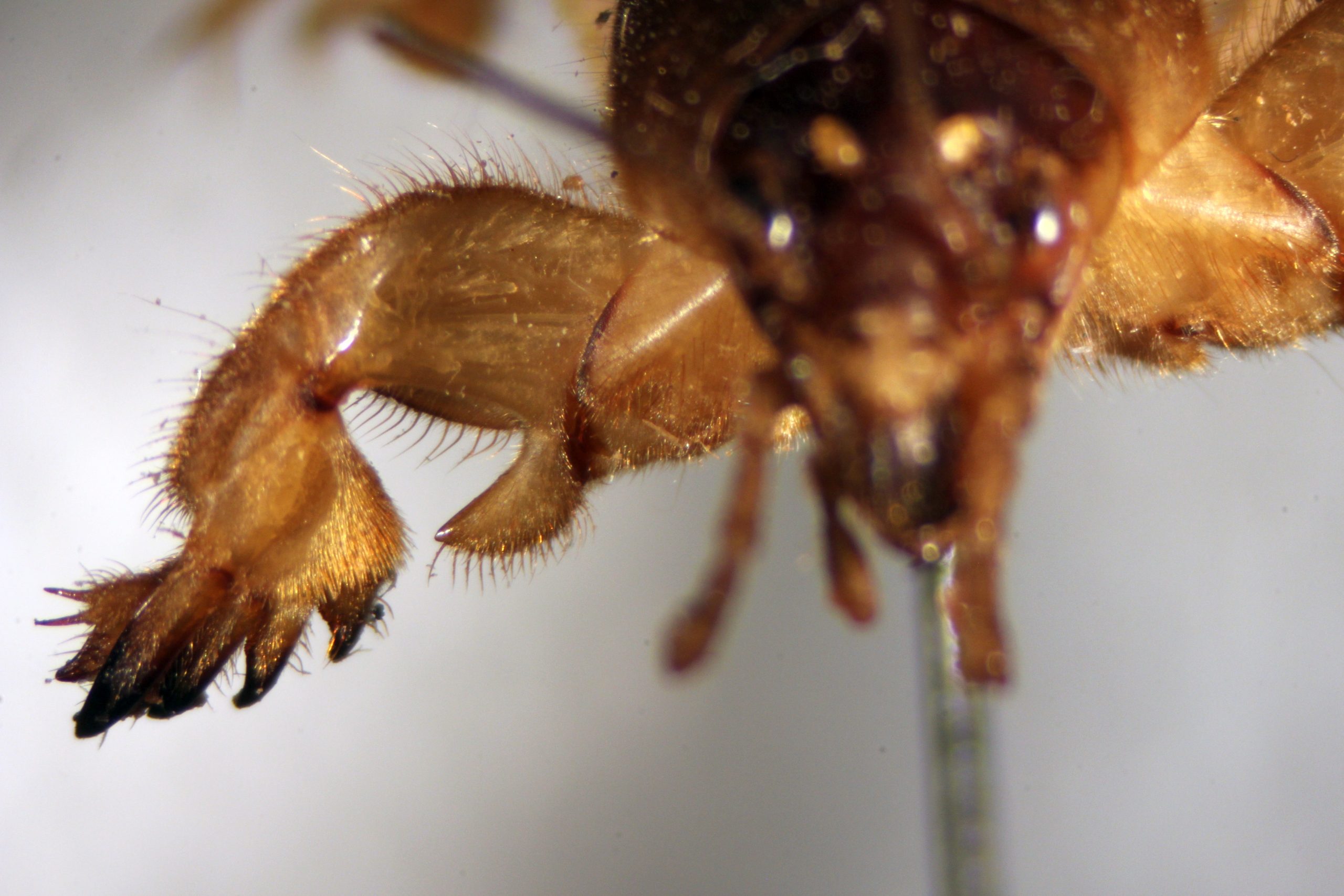


Feedback/Errata